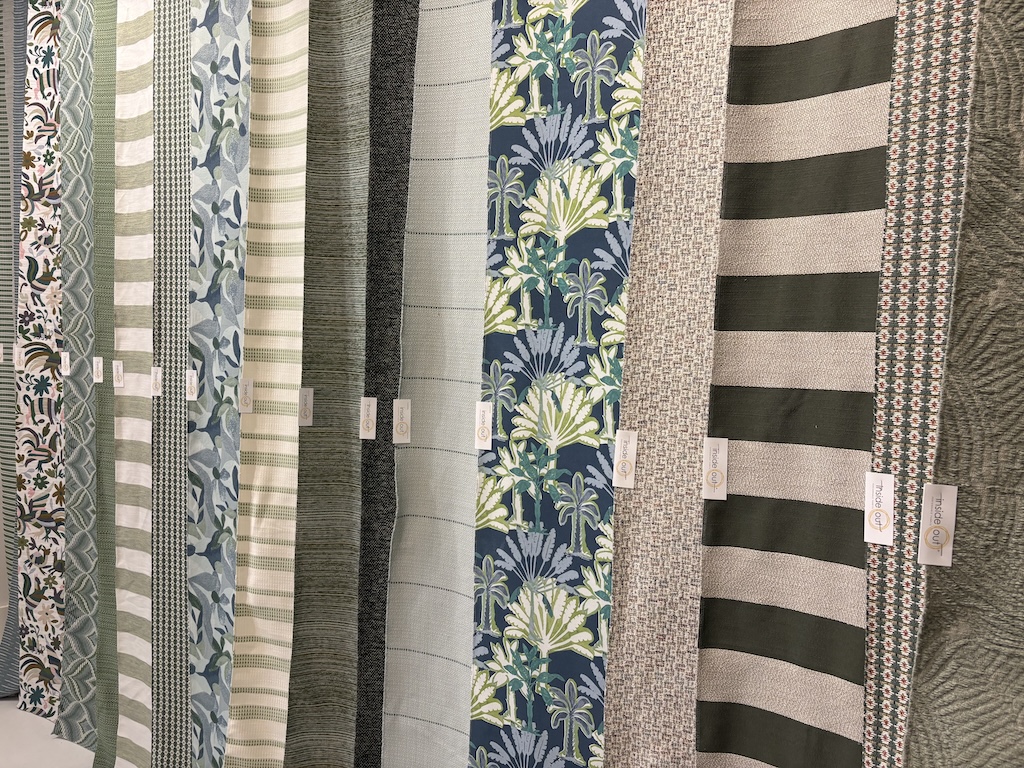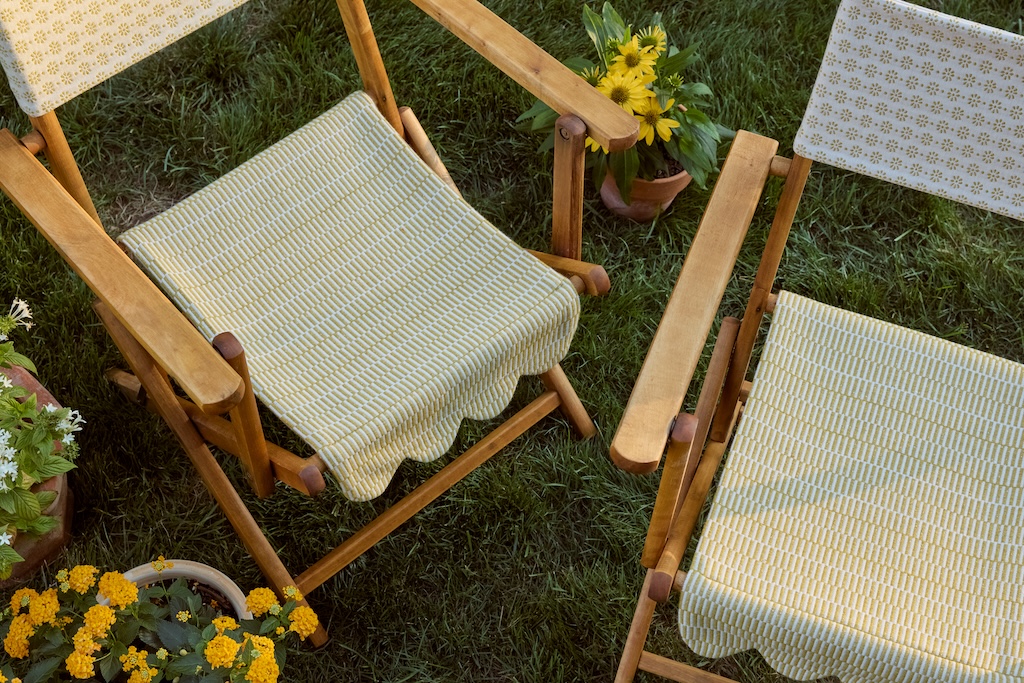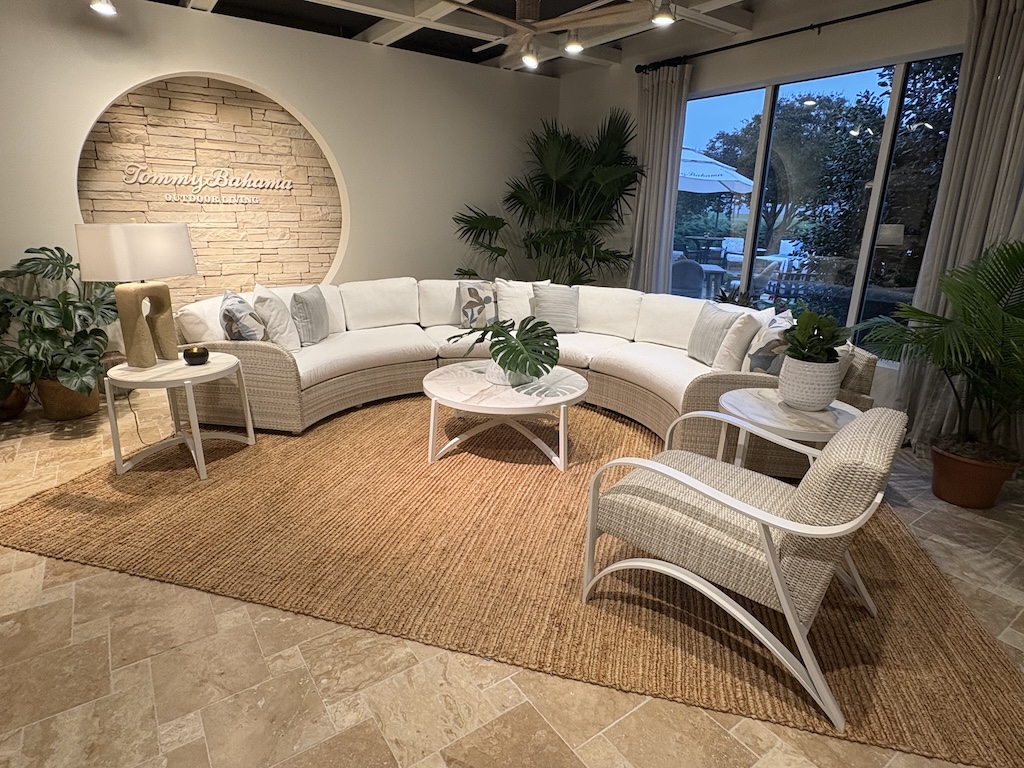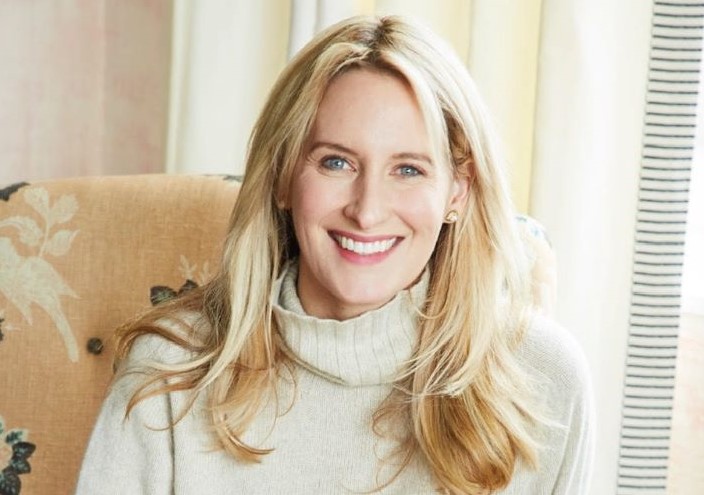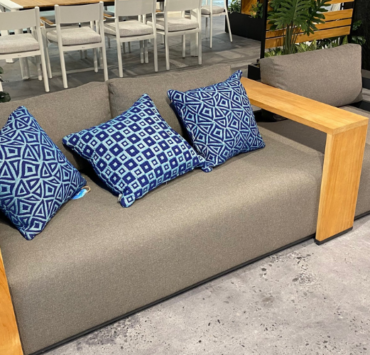Celerie Kemble will tell you that her design career had its start in her childhood.
Now a principal in Kemble Interiors, which was co-founded by her mother, Mimi McMakin, in Palm Beach, Florida, Kemble spent a big part of her childhood around construction sites, antique stores and in the unique homes that her mother designed.
Kemble left for a time for Harvard and a brief stint in film production, but returned to her roots.
These days, Kemble has participated in a variety of indoor and outdoor design projects, as varied as Benjamin Moore, fabrics and wall coverings for Schumacher, outdoor rugs with L&M Carpet, and, most recently, an outdoor furniture line with Lane Venture.
She will tell you that the main difference between interior and outdoor design is that the outdoors comes with movement — and represents a different set of challenges.
“It is a place where activity really dominates — and there is not really a sense of overbearing traditions outdoors,” she says. “It is about creating comfort in the dynamic environment and anticipating relaxation. There is something wonderful about designing in the outdoors. I want to enjoy it and there is no greater luxury.”
Part of the challenge is to get the outdoor environment to meet your needs, to get it the way you want it and by so doing, to make it a place where you will want to spend time. Kemble says she considers her client’s wants — to enjoy good food and drink, to enjoy the company of friends and family, in a place where light and shadow and temperature can all change the experience in minutes.
Before it gets to that level of relaxation, though, the design and the implementation have to look at what works best.
“It has to be able to withstand sun, salt, abrasion and bird poop,” says Kemble. “Storms come in fast — things need to be heavy enough so they don’t blow away but light enough so they can be moved around. And what’s the time of year, the number of guests, the function. It is durability, it’s versatility and it’s a place where people have gotten used to simple.”
Kemble says that until recently, there haven’t been a lot of intricate or delicate or decorative designs.
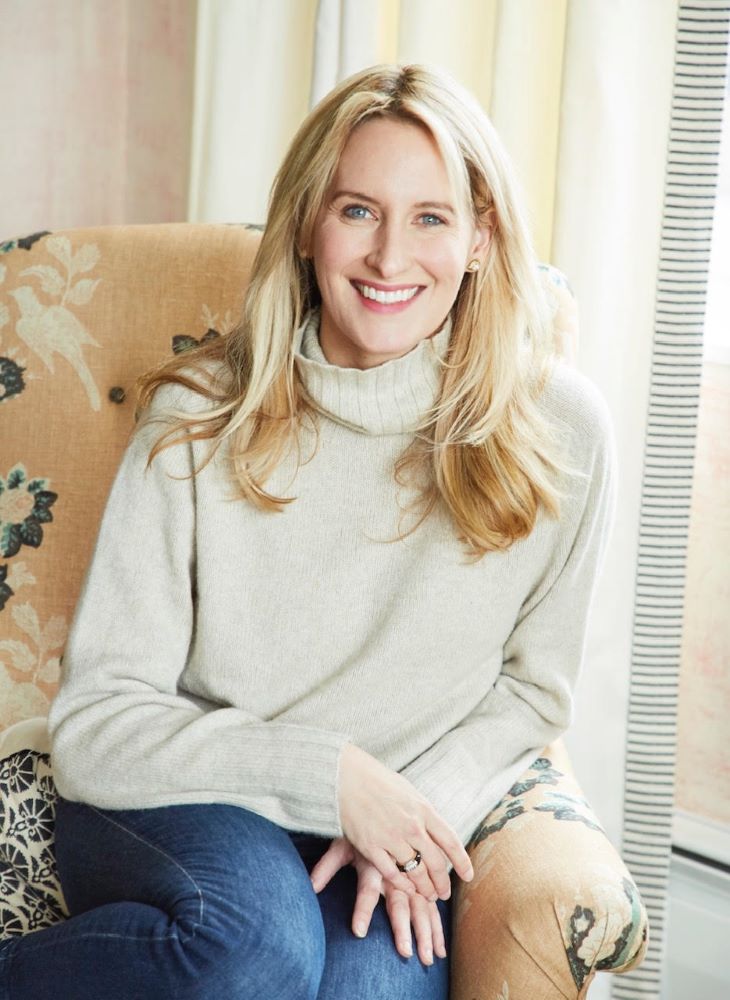
“Things have been blocky, brown and boring,” she says. “But due to innovations of material and the expanding market, the integrity and intention of design can extend outside. I think that consumers are more concerned with distinction and personality than they used to be, especially with outdoor kitchens and outdoor entertaining.
“Outdoor furniture does a lot more work. And we’re a little better at bug control, and awnings and umbrellas are better made. There are advances that have made it much more pleasant and you don’t have the stars or breeze inside and the shadows don’t move. There is a lot of enjoyment in the dynamic and moving naturescape.”
Overall, Kemble says that she is seeing more interest on the part of interior designers designing outside, especially after Covid, which prompted a gratefulness for outside space. And part of that is that outdoor furniture manufacturers have upped their game in terms of making outdoor furnishings examples of a mixture of science and craft.
“Outdoor furniture has a tough job to do and you don’t mess around with the junk, which quickly becomes landfill material and it’s depressing and a real waste,” says Kemble.
Beyond keeping a high level of quality, manufacturers would do well to become more creative.
“This is where I think that Lane Venture is a leader in the field,” says Kemble. “When you make high multiples and it is a risk to make a style statement but I think Lane Venture does that well — and that’s what makes them an exciting manufacturing partner. They are not afraid to show personality and make something beautiful.
Kemble says that in the present environment, continuous learning — and a fair measure of bravery — are both requirements to be successful.
“You have to go to the trade shows and meet the reps and the designers of the furniture and listen to what the differentiation is between materials and product lines,” she says. “You have got to be more active and ask during these shows. You have to have all hands on deck. It’s not just the retail space to test and see the material in person, once you know it is a great service you can bring your clients. I’ve been to almost every High Point Market for the past 20 years. There’s definitely a lot to learn there.”
Any advice for designers who are just now taking on more exterior designs?
“Same thing — go see the full lines in person,” says Kemble. “Catalog photography does not represent comfort, sheen, scale — it’s difficult to tell scale. The designer has a responsibility to sit in the furniture if they are going to be selling it. It is nice and it is consistent. We need to do our homework.”

